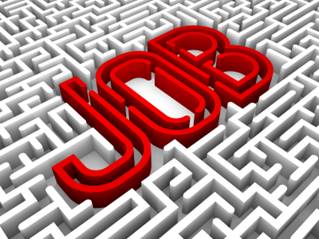Low Unemployment
 There
will always be trade-offs between different macroeconomic objectives as
it can be difficult to satisfy all of them at once and so governments
will face decisions on acceptable levels for each target. The trade-off
is particularly apparent, between reducing unemployment and achieving
stable price levels.
There
will always be trade-offs between different macroeconomic objectives as
it can be difficult to satisfy all of them at once and so governments
will face decisions on acceptable levels for each target. The trade-off
is particularly apparent, between reducing unemployment and achieving
stable price levels.
Governments perceive high unemployment as a waste of resources; the economy is operating within its production possibility boundary and as a result could potentially produce a more goods and services. However, the government is aware that stimulating an economy to lower unemployment can cause inflation, which is undesirable because it makes a country less competitive and is destabilising. In addition, consumers do not like prices going up all the time and firms face less r and this may make the government unpopular.
We often tend to look at unemployment and inflation together because if one target is hit, the other may be missed. If economic growth is healthy, this may help keep unemployment low, but it may also add to inflationary pressures. If the government 'cools' the economy to reduce inflation using fiscal and/or monetary policy, increased unemployment may be the result.